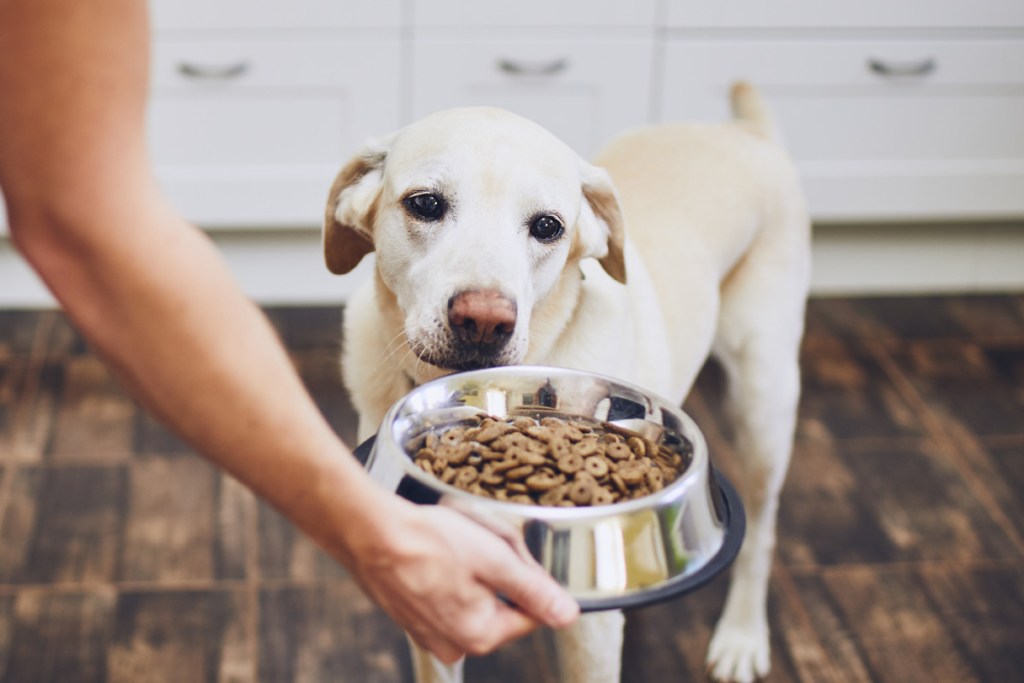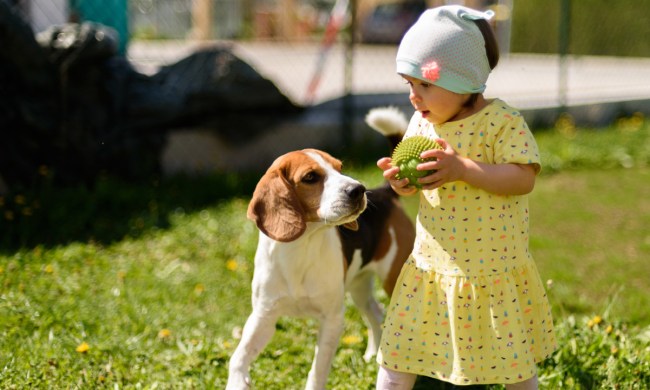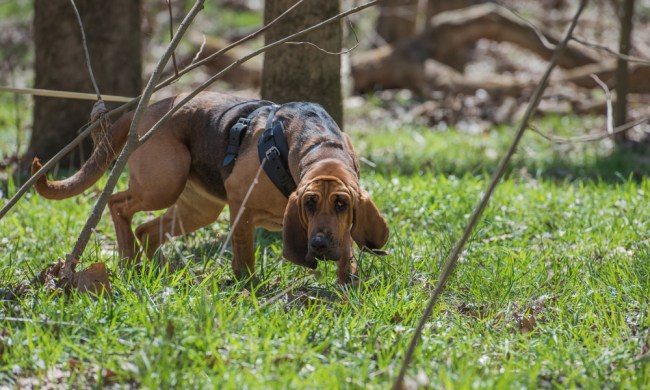Pets Alive animal sanctuary recently got a call from a woman who had lost her job and was struggling to feed her two dogs. She and her pets were sharing peanut butter and jelly — the only food left in the house — when she reached out to the sanctuary’s Pet Chow Pantry for help.
“She didn’t want to give up her dogs and asked if we could provide her with dog food until she got her next paycheck,” says Becky Tegze, executive director of Pets Alive, located in Middletown, New York. “We were happy to help. Animals should never have to leave loving homes because their families are struggling to buy pet food.”
While the government helps struggling people with food stamps, this assistance cannot be used to purchase pet food. Lack of finances tops the list of reasons pets are surrendered to shelters, and across the U.S., pet food pantries and food banks provide a lifeline to animals in need, helping keep them in their homes.

The need for pet food pantries is greater than ever
Tens of millions of pets live with families in poverty who struggle to care for their beloved animal companions, say Humane Society of the United States (HSUS) experts. Additionally, according to the National Coalition for the Homeless, approximately 3.5 million Americans are homeless, with an estimated 10% having dogs or cats as companions. Feeding Pets of the Homeless is one of the leading national nonprofits focused on helping pets of homeless people. The organization works with 227 pet food donation sites across the country.
Some food banks are large city or statewide organizations that stock both people and pet food in warehouses. This food is then transported to local agencies where it is distributed to those in need. Other communities have smaller pet food pantries like the Pet Chow Pantry run by animal shelters in partnership with social service or religious organizations.
The pandemic created additional challenges for pet food pantries
The COVID-19 pandemic has put an even greater strain on pet food banks as people struggle with job losses and medical bills. In Newark, New Jersey, Ken McKeel, assistant executive director of Associated Humane Societies, says that job losses in his community forced people to choose between paying bills and feeding their pets. A grant from the HSUS helped the Newark humane society launch a pet food pantry that helps struggling pet parents. In Iowa, The Cedar Valley Humane Society also received an HSUS grant to expand its pet food bank program. The pantry helped more than 2,300 pet parents during the height of the pandemic. Similar challenges were experienced at food pantries nationwide, and with supplies depleted, they all need help restocking shelves.

7 ways you can help pet food pantries
Make a donation
Financial donations to local pet food pantries can help with operating expenses and the purchase of food. If you prefer to donate supplies, ask the pantry what they need. Some have wish lists, so you can place an order online and have the supplies delivered directly to the pantry.
Organize a food drive
Holding a food drive is a great way to support a pet food pantry. Here are some tips for planning your drive:
- Form a team. Start with friends and family but also look to church groups, animal rescue organizations, or parent-teacher associations for help.
- Set goals and milestones. For example, your goal might be to collect a total of 10,000 pounds of pet food at one large event or 500 pounds of pet food every week for a month.
- Choose a location for your drive. Retailers that sell pet food are often happy to host an event.
- In the weeks leading up to the drive, spread the word via social media and by posting flyers around the community.
Assist with food transport
Many pantries depend on volunteers to deliver food to clients’ homes or social service organizations and religious groups. Volunteers also help collect food donations from retailers and local businesses.
Provide office assistance
Pantry office work includes making follow-up phone calls to clients, reviewing and filing application forms, and inputting data. You can also offer to write blogs, newsletters, or social media posts to promote the pantry.
Help with food intake
Pantries that hold on-site food drives need help manning tables, accepting donations, and directing traffic.
Assist in organizing food
Regular hands-on work includes organizing food on pantry shelves and preparing bags for distribution. At the Pet Chow Pantry, that preparation includes breaking larger bags of food into smaller packages for easier transport and distribution.

Lend a helping hand on food pickup days
Many pantries have set days and hours for food pickup, and volunteers are needed to hand out food, carry bags to clients’ cars, or keep a record of the food being distributed.
Finally, if you discover that there’s no assistance in your community for pet parents struggling to feed their animal companions, consider starting a pet food pantry. The best way to do this is to partner with your local animal shelter. Yes, it will take a huge commitment to get the pantry up and running, but just knowing that you’re helping keep beloved pets in their homes will make it all worthwhile.



